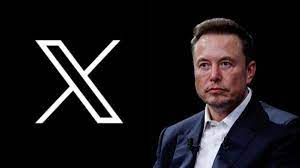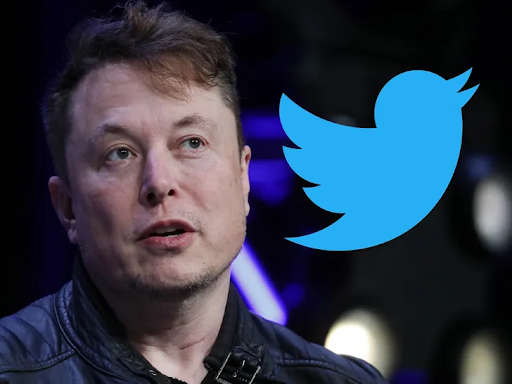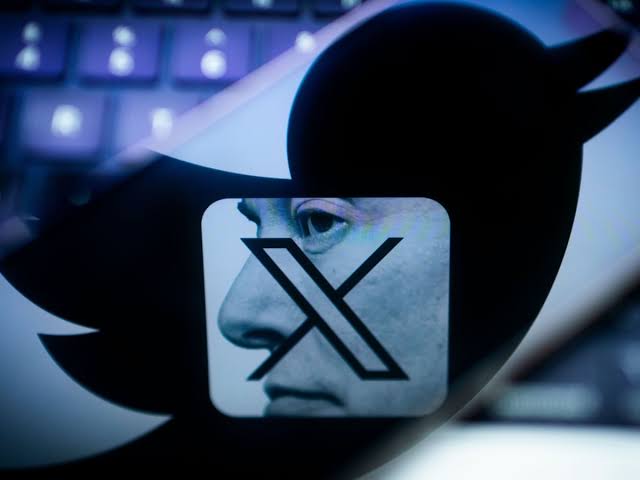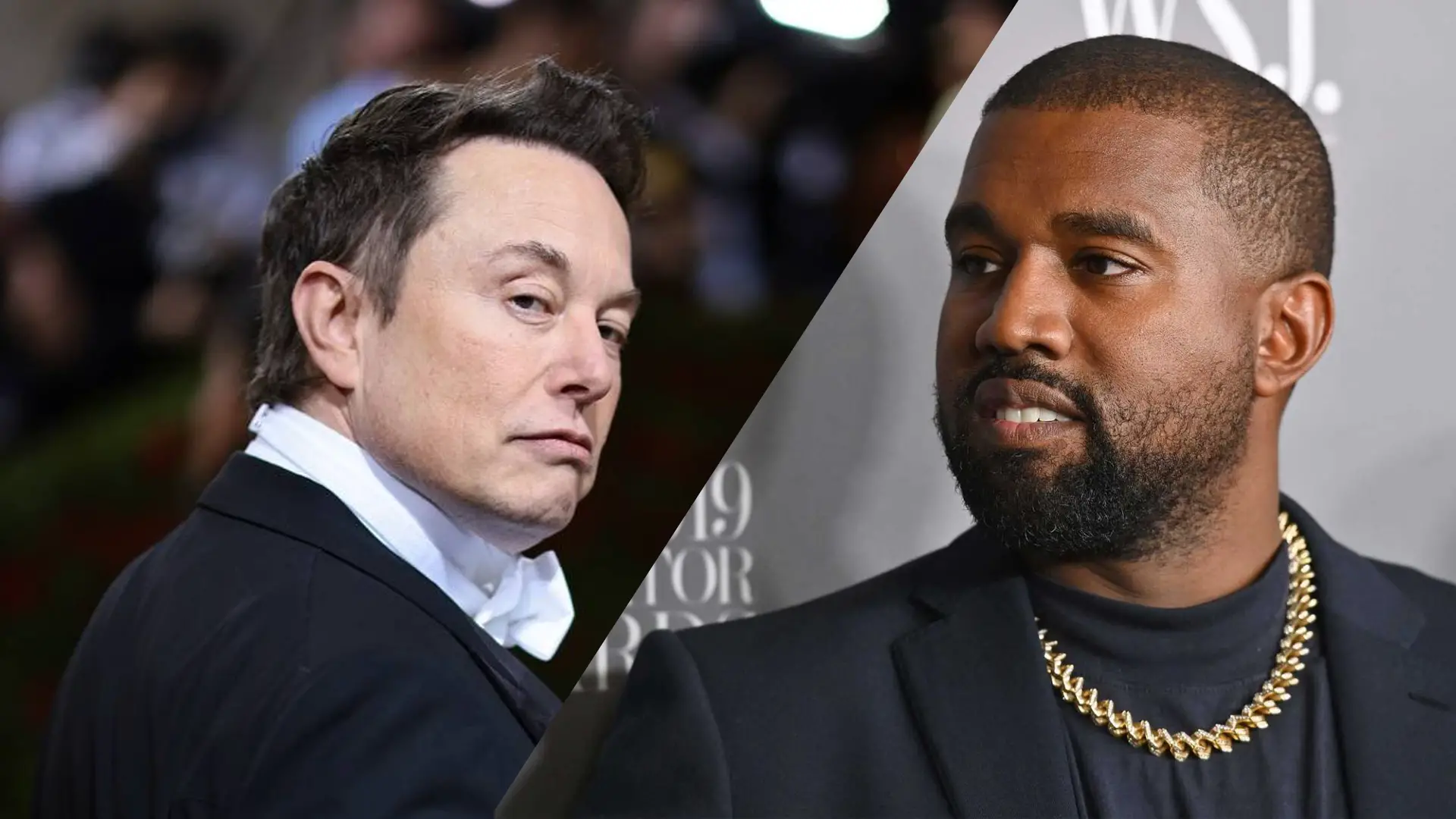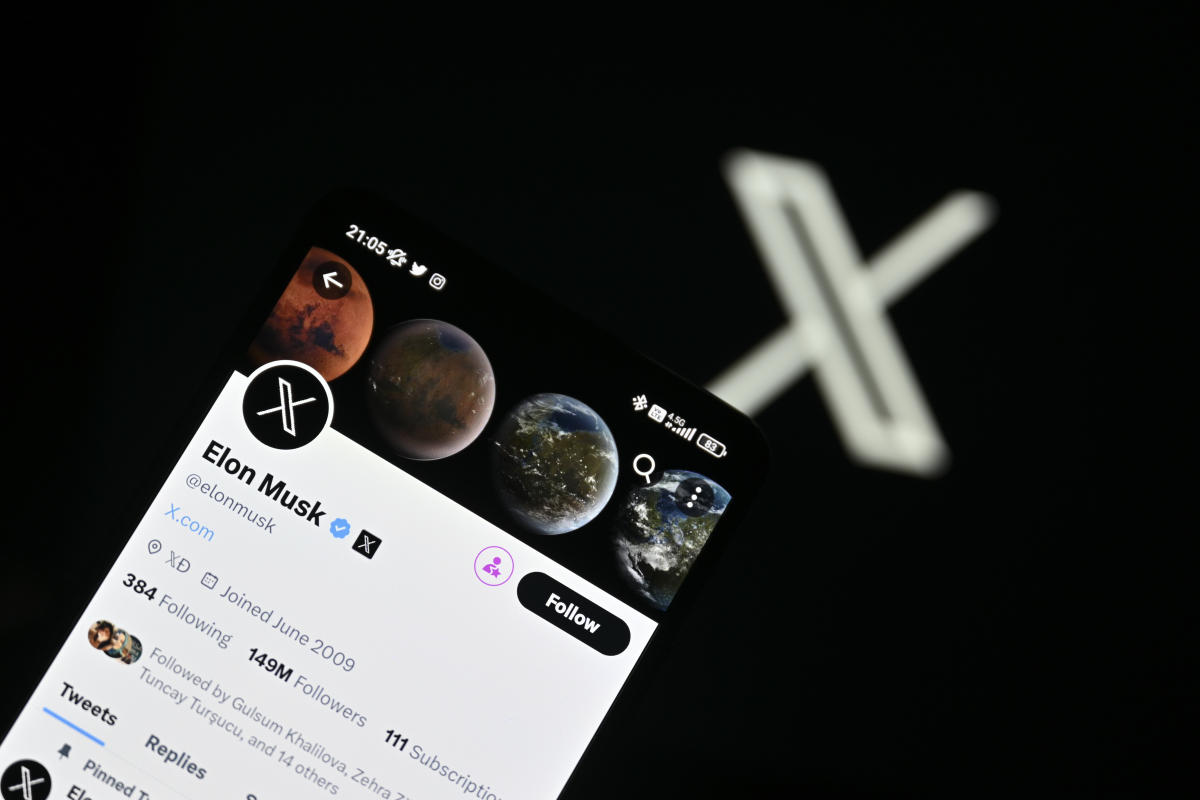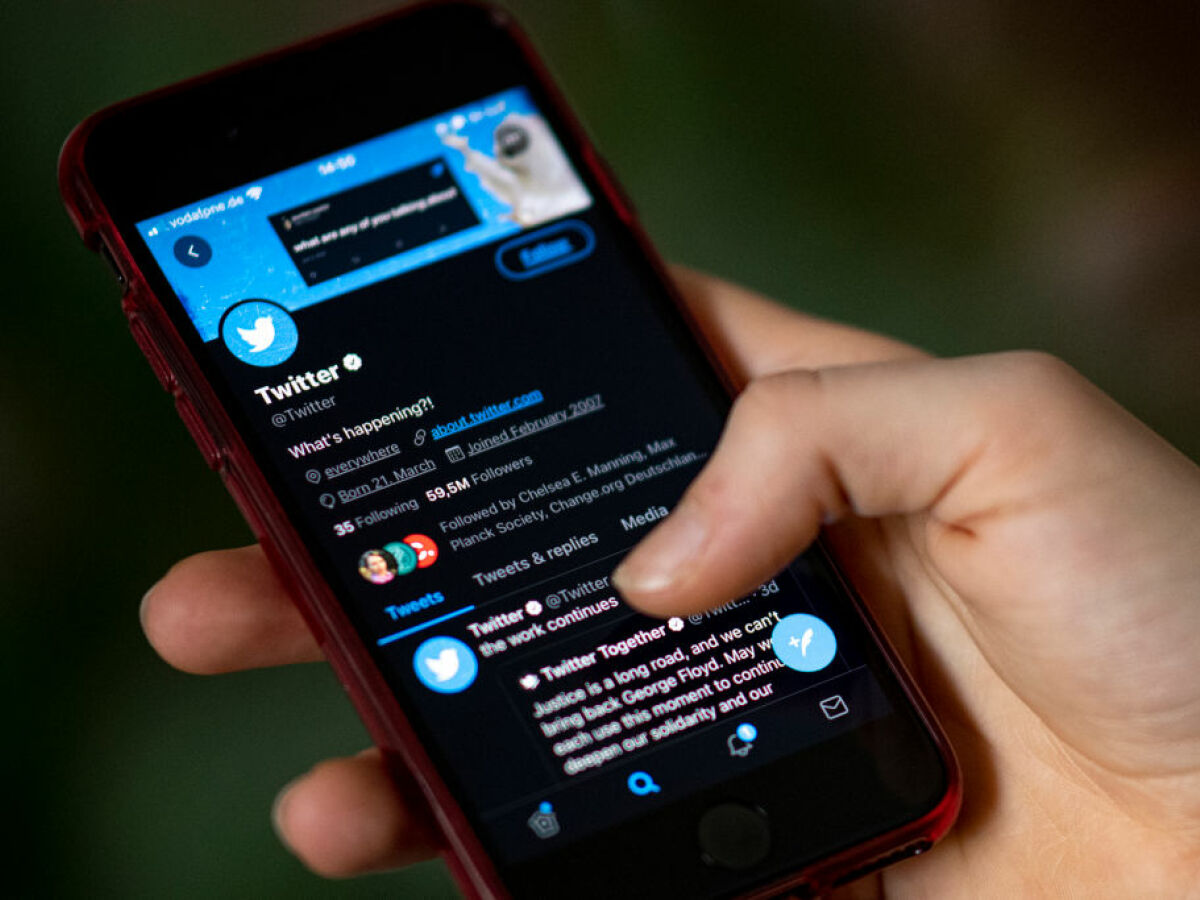Walmart, the biggest store in the US, has stopped taking ads on the platform X, which Elon Musk, the CEO of Tesla, owns.
A report from Bloomberg says that this decision is a break from X after Musk’s recent negative comments about the platform. Walmart is the first big company to say it no longer supports it.
Reports say that Walmart has decided to stop advertising on X because it prefers other platforms that help it connect with its customers better. The store has an “abandoned cart” on the X platform, just like Disney, IBM, Sony, and other companies.
Read also: Ubisoft suspends X advertising on allegations of antisemitism
What Walmart said
A Walmart spokeswoman said, “We’re not advertising on X because we’ve found other ways to reach our customers better.”
She wouldn’t say when the change would happen or why it was made.
Walmart “has a wonderful community” of more than 1 million followers on X, according to an email from Joe Benarroch, X’s head of business operations. Most of the people who use the site do their shopping online.
Walmart did not directly link its decision to Musk’s comments, but it follows a trend of companies pulling their ads from X. After Musk agreed with a hateful tweet two weeks ago, Disney, Sony, and IBM left the platform.
Walmart’s departure from X coincides with Musk’s heated DealBook Summit interview with the New York Times.
Musk called his endorsement of the discriminatory tweet “one of the most foolish things” on the platform in the interview. Musk apologised after accusing departing advertisers of trying to “blackmail” him with money, dismissing Disney and other advertisers who left the platform.
Musk’s X business implications
This new information adds to the problems that X has been having since Musk bought the platform, which used to be called Twitter, for a massive $44 billion last year. Since then, many advertisers have left the platform.
Advertising is what X makes most of its money, and Musk himself admitted in September that the fallout from his controversial comments has led to a 60% drop in U.S. ad revenue.
Additionally, Musk said in the DealBook Summit interview that he was worried that a boycott by advertisers could “kill the company,” he insisted that advertisers would be held responsible worldwide if this happened.
As this happens, Walmart’s stock has decreased by just over 1%. The retailer’s share price, on the other hand, has been going up overall, with a 7% rise for the year.

